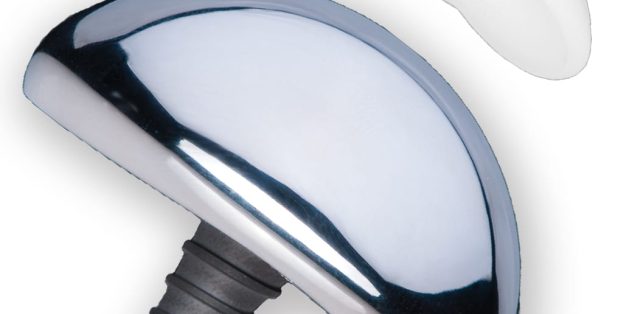Franklin, MA., May 10, 2017 – Arthrosurface, Inc., the Global Leader in Inlay Glenoid Arthroplasty announced new evidence showing dramatic differences between the company’s inlay glenoid technology and the standard of care in total shoulder replacement.
According to a comparative study in the Journal of Shoulder and Elbow Surgery, the inlay glenoid (socket) design was far superior to the onlay alternative with respect to the biomechanical stability. “Increased stress on the implant edge resulted in loosening of all onlays through a roc
king horse phenomenon, whereas none of the inlays became loose during testing” said the lead author Jeffrey Gagliano, MD from the Boulder Bone and Joint in Colorado. Richard Hawkins, MD, from the Steadman Hawkins Clinic of the Carolinas, Greenville, SC and senior author of the study concluded, “given the results of the study, future research and development should be directed toward inlay glenoid prosthetic design, matching native anatomy and size variation.”
The American Academy of Orthopaedic Surgeons estimates about 53,000 people in the United States have shoulder replacement surgery each year. The benefits of replacing both sides of the joint with a total shoulder arthroplasty have been well established, however, glenoid loosening remains the Achilles Heel of the procedure.
“According to the literature, 2-10% of patients treated with a standard total shoulder replacement will require a revision procedure within the first decade following surgery due to onlay glenoid component loosening. Inlay arthroplasty may provide a solution to lower the revision burden on patients and the healthcare system,” said Matthias Schurhoff, VP of Clinical Operations and Scientific Affairs at Arthrosurface.
The company’s OVO Primary Stemless Shoulder System with inlay glenoid replacement was launched in the US in 2009 and has experienced excellent surgeon adoption. The inherent advantages are particularly well suited for younger and active patients requiring shoulder joint replacement surgery.




